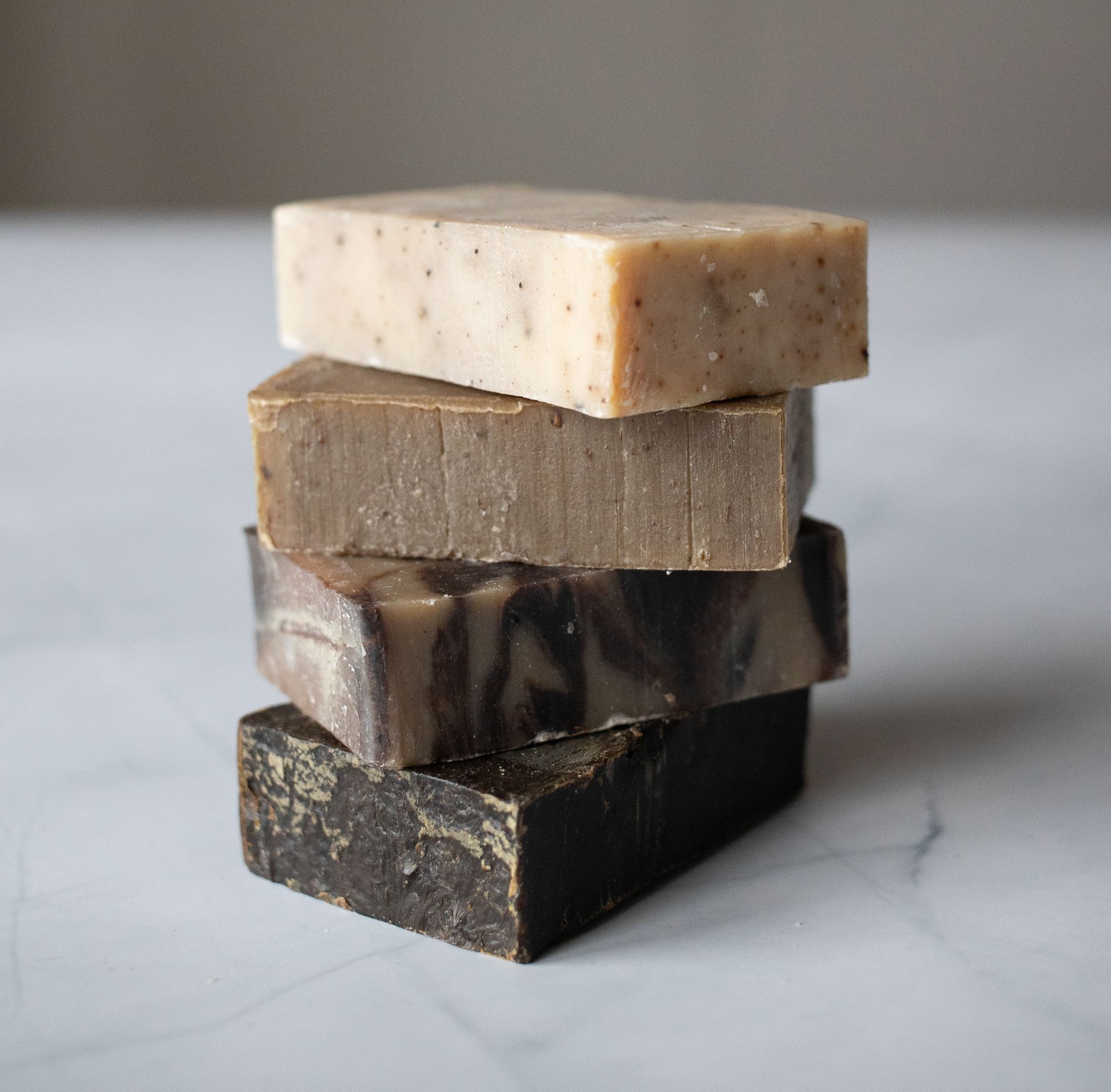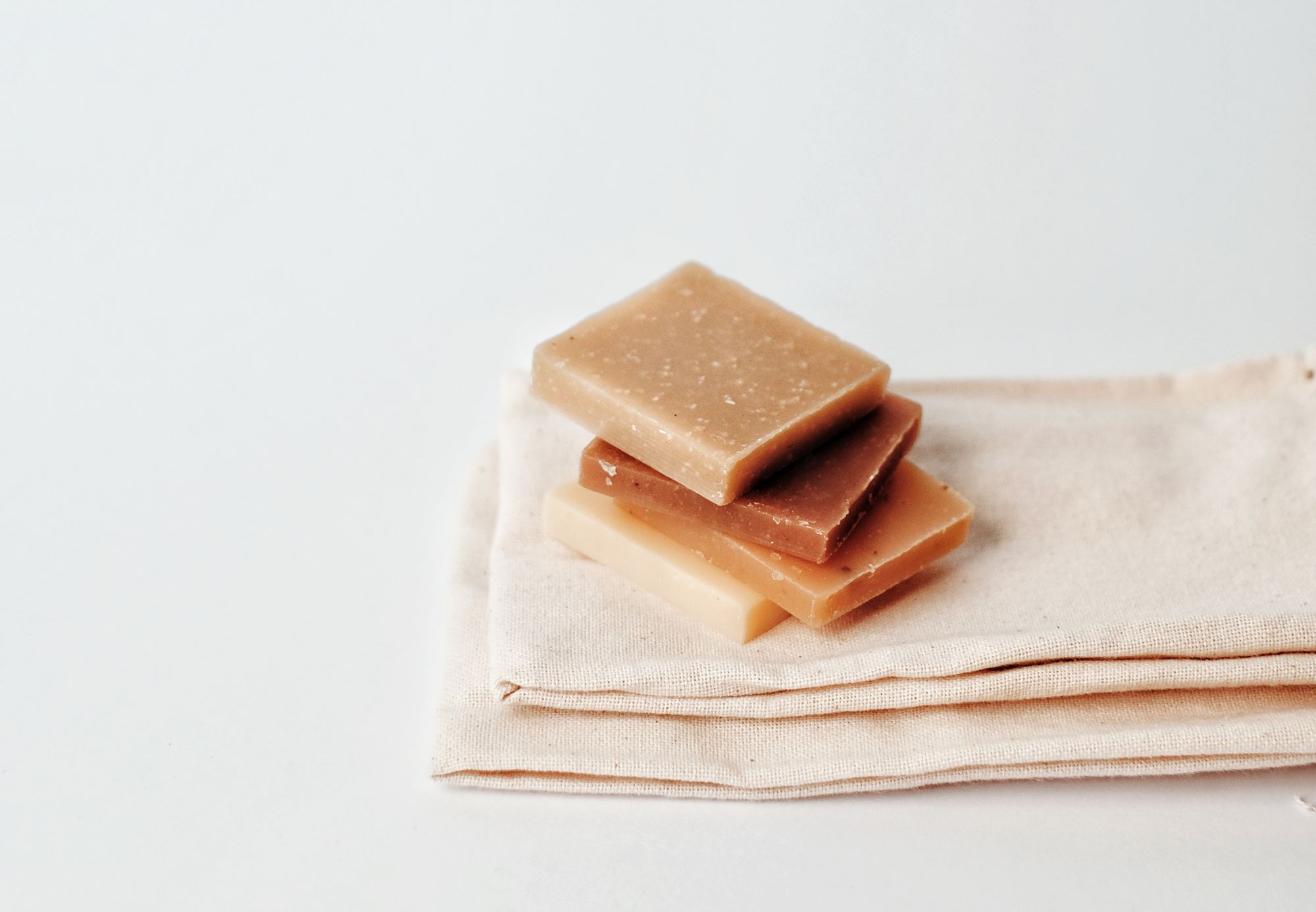The Hidden Danger: the Forever Chemicals "PFAS" Found in Famous Brands of Yoga Pants
PFAS, Not Just in Cookware
You've probably heard about PFAS as a concern in cookware, but what if we told you these harmful chemicals are making their way into your yoga pants? Imagine that the snug-fitting yoga pants you wear during your workouts could potentially be in contact with cancer-causing chemicals. What's even more concerning is that you won't find any mention of it on the product label.
In a shocking revelation, the consumer health activist blog Mamavation has uncovered evidence that some of the most popular brands of yoga pants and gym leggings may contain substances linked to cancer and other health risks. The driving force behind this investigation is eco-influencer and founder of Mamavation Leah Segedie, who sent 32 pairs of activewear from various brands to an EPA-certified laboratory for testing. The focus of their investigation: per- and polyfluoroalkyl substances (PFAS), a group of industrial chemicals notorious for their persistence in the environment and potential health hazards.

The PFAS Predicament: "Forever Chemicals"
PFAS, often referred to as "forever chemicals," are widely employed in manufacturing due to their exceptional resistance to heat, water, and grease. However, this resistance comes with a price – PFAS can persist in the environment and the human body for extended periods, raising concerns about their long-term health effects. These chemicals have been associated with serious health risks such as kidney and testicular cancers, making them a cause for alarm.
While Mamavation's findings have yet to be replicated in a published study, this isn't the first instance of cancer-linked chemicals being discovered in clothing. PFAS have previously been detected in waterproof and stain-resistant products, including outdoor gear and workout clothes.
The Urgent Need for Caution and Regulation
David Andrews, a senior scientist for the Environmental Working Group, an organization specializing in toxins and corporate accountability, emphasizes the importance of avoiding any level of PFAS in clothing whenever possible. Although PFAS exposure through the skin is generally considered low-level, the long-term health consequences remain uncertain. One alarming fact is that PFAS in clothing are not subject to regulation, leaving consumers vulnerable to potential risks.
Prominent Brands Implicated
Among the notable brands that tested positive for PFAS in Mamavation's investigation were LulaRoe, Lululemon, and Old Navy – all favored choices for activewear enthusiasts. The laboratory tests specifically examined the presence of fluorine, a key indicator of PFAS contamination, in the crotch area of the garments. Here are some of the concerning findings:
• A pair of Lululemon pants containing 32 parts per million of fluorine.
• A LuLaRoe pair of leggings with the highest amount of fluorine at 284 parts per million.
• Athleta and Old Navy, both owned by Gap, Inc., also showed fluorine at 17 parts per million each.
Despite these disconcerting discoveries, the implicated brands did not respond to Insider's request for comment.
Unraveling the Complexities of PFAS in Clothing
While the precise health risks linked to PFAS in clothing remain uncertain, experts emphasize caution and the need to minimize exposure whenever possible. Even minor, cumulative contact with PFAS through household items or clothing may pose potential health concerns, as noted by the EPA. Extensive exposure to PFAS has been associated with severe conditions like cancer, liver damage, and developmental issues.
The most significant risk of PFAS exposure arises from ingestion via contaminated food, water, or inhalation from the air. Though PFAS in clothing may not immediately harm the wearer, they can contribute to environmental contamination over time. Therefore, experts advocate for the gradual elimination of PFAS to reduce long-term risks.
Currently, federal PFAS regulations are lacking, though some states like New York are taking steps towards regulation. Staying informed, prioritizing safer alternatives, and supporting stricter regulations is essential for protecting both personal health and the environment from PFAS contamination in everyday products, including beloved yoga pants.
In the absence of federal regulations, it's wise for consumers to prioritize ethical brands and explore alternatives like yoga pants made from organic cotton or hemp. If you're in pursuit of products free from harmful toxins, NatureHub.com presents a diverse marketplace featuring a broad selection of eco-friendly and health-conscious options. Businesses dedicated to offering toxin-free choices are welcome to connect with us at [email protected] for potential collaboration or to become part of our growing marketplace.













